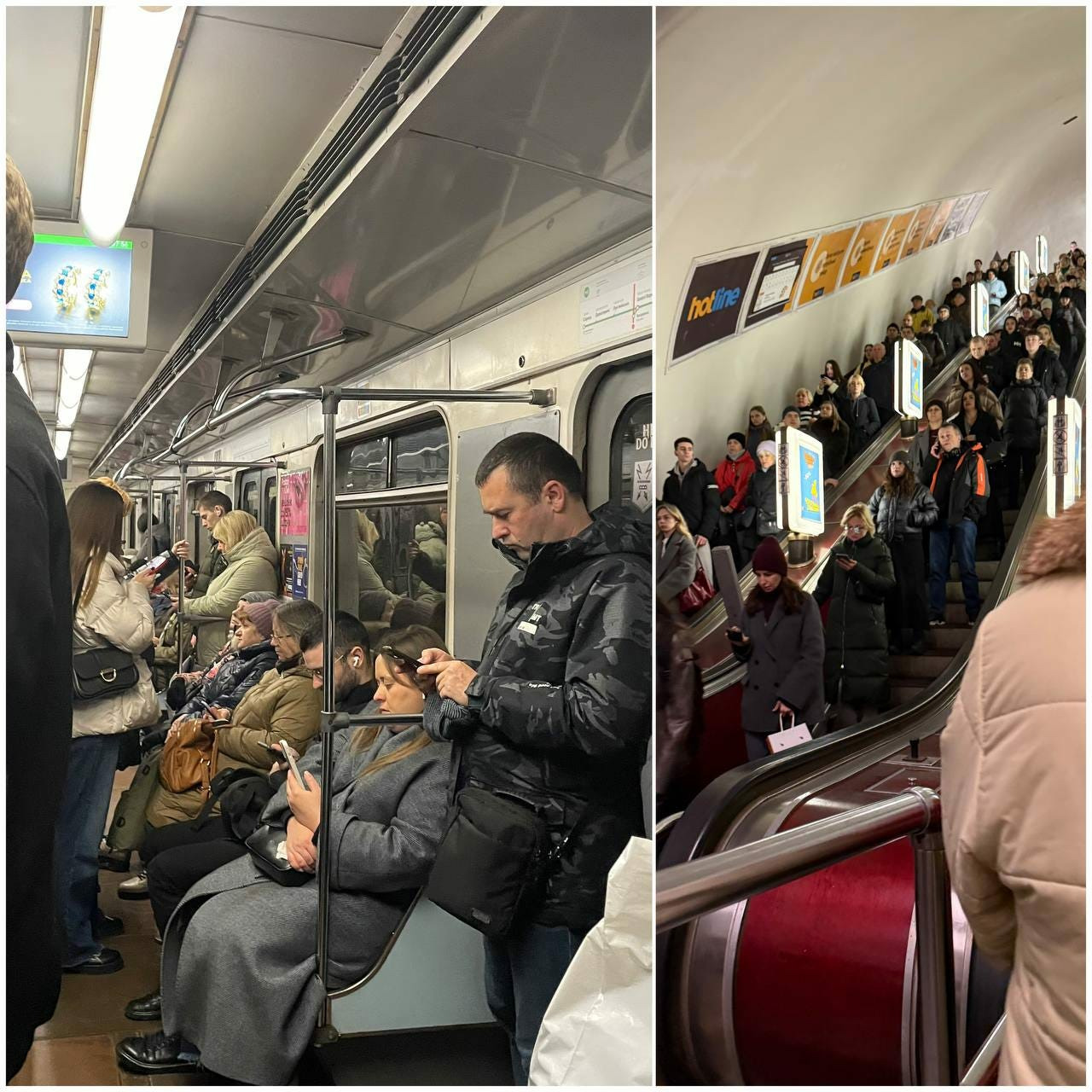Editor’s Note: We’re committed to bringing you news that enlightens, educates and inspires learning. I think this story really hits this mark.
Read all of our reporter’s notebooks – first-person narratives that make you feel like you’re here with us in Ukraine – by upgrading to a paid subscription today!
Monday, 9:15 am. It's rush hour on the subway in Kyiv. A crowd jostling amid a wall of bodies.
No one is smiling. Wherever I go, sad and pensive looks follow me.
In wartime, it’s understandable that Ukrainians don’t have much to joke about.
But even before the war, Ukrainians were known for rarely smiling in everyday life – especially compared to Americans.
Gallup data from 2023 showed Ukraine was near the bottom of a survey that asked: “did you smile yesterday?” The country is the seventh least likely in the world to answer “yes,” alongside countries like Serbia, Lebanon, Israel and Afghanistan. In 2021, before the full-scale invasion, the country appeared similarly low on surveys of happiness.
The rarity of the Ukrainian smile is the result of historical and cultural factors. The country’s past is characterized by a distrust of excessive openness, while a serious facial expression was often perceived as a sign of maturity and resilience.
In addition, there is the phenomenon of the “resting Slavic face,” a stern facial expression common among Eastern Europeans, which the world usually interprets as gloomy when, in fact, it is simply a neutral expression.
But the Ukrainian smile is complicated, and understanding it – or the lack of it – is key to understanding our culture.
After the paywall: Adeeper understanding of Ukrainian culture.
Myroslava explains why this phenomenon pre-dates the invasion, and talks to Ukrainians — an orthodontist, a psychologist, even her friends — to try to illustrate why it happens.
And of course: today’s dog of war!


